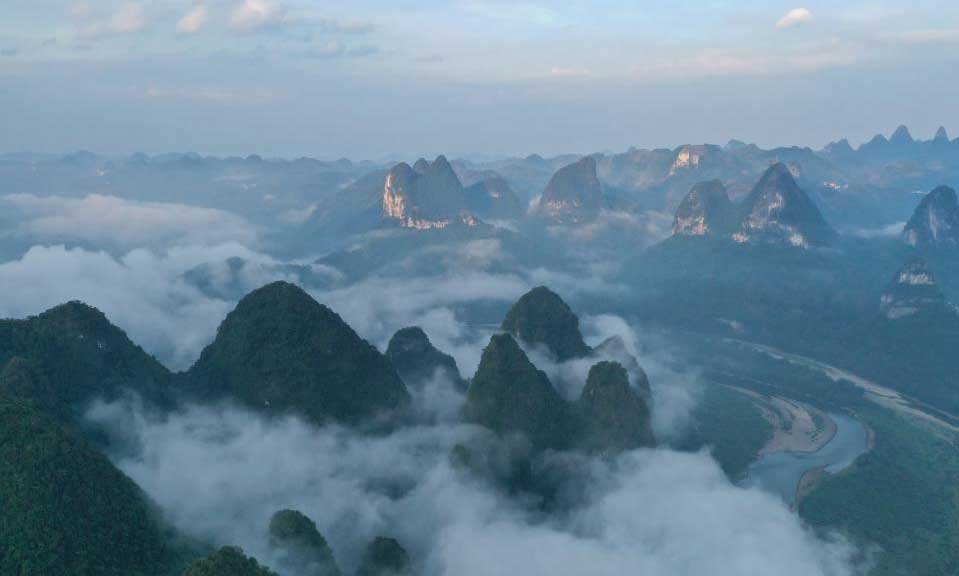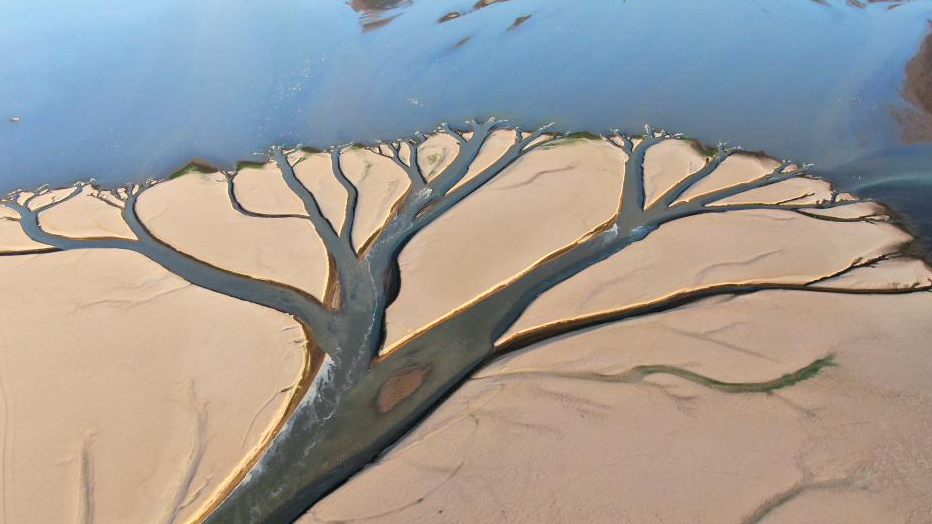China, Myanmar scientists find new evidence on Qinghai-Tibet Plateau formation
BEIJING - Geologists from China and Myanmar have found new seismic evidence to support a model that explains how the Indian subcontinent drifted northward anomalously fast and collided with Asia in ancient times.
The study, published on Saturday in the journal Science Advances, reveals that closure of the Neo-Tethys Ocean in the Mesozoic Era and the subsequent formation of the Qinghai-Tibet Plateau were likely caused by double subduction, a geodynamic process in which two plates following each other are synchronously subducted.
The researchers from the Chinese Academy of Sciences, the Myanmar Geoscience Society, Yangon University and Dagon University conducted high-resolution investigation of upper mantle structures beneath Myanmar.
The Myanmar region occupies the eastern end of the Indian-Asian collisional system. Due to less reworking from continental collision, it is an ideal place to probe possible slab remnants of double subduction, according to the study.
The research reveals, for the first time, two subparallel subducted slabs preserved intact in the present upper mantle beneath the Neo-Tethyan tectonic regime, supporting the double subduction model of the Neo-Tethys Ocean.
Photos
Related Stories
- Central Qinghai-Tibet Plateau once a global floristic exchange hub: study
- China to establish new national parks on Qinghai-Tibet Plateau
- Major lakes in Qinghai-Tibet Plateau see significant water increase
- Caring for border guardians on Qinghai-Tibet Plateau
- Global warming suppresses shrub recruitment in the Arctic, Qinghai-Tibet Plateau
Copyright © 2022 People's Daily Online. All Rights Reserved.









